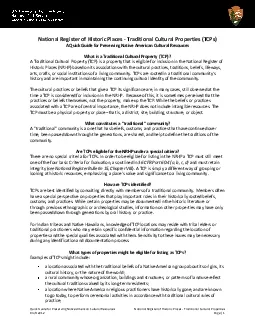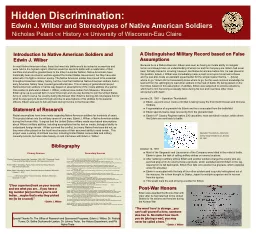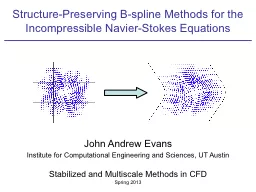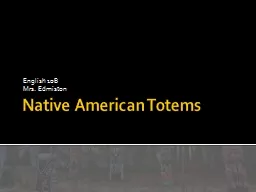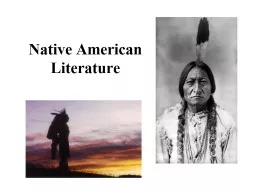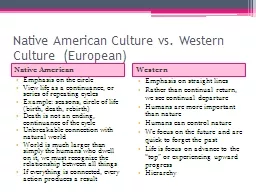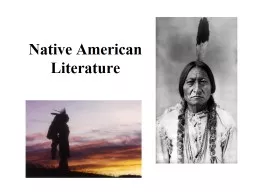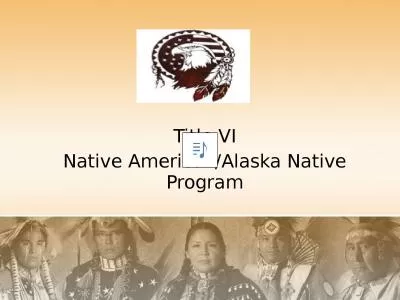PDF-Quick Guide for Preserving Native American Cultural Resources
Author : genevieve | Published Date : 2021-09-23
National Register of Historic Places Traditional Cultural PropertiesDraft 2012Page 1National Register of Historic Places Traditional Cultural Properties TCPsA Quick
Presentation Embed Code
Download Presentation
Download Presentation The PPT/PDF document "Quick Guide for Preserving Native Americ..." is the property of its rightful owner. Permission is granted to download and print the materials on this website for personal, non-commercial use only, and to display it on your personal computer provided you do not modify the materials and that you retain all copyright notices contained in the materials. By downloading content from our website, you accept the terms of this agreement.
Quick Guide for Preserving Native American Cultural Resources: Transcript
Download Rules Of Document
"Quick Guide for Preserving Native American Cultural Resources"The content belongs to its owner. You may download and print it for personal use, without modification, and keep all copyright notices. By downloading, you agree to these terms.
Related Documents

